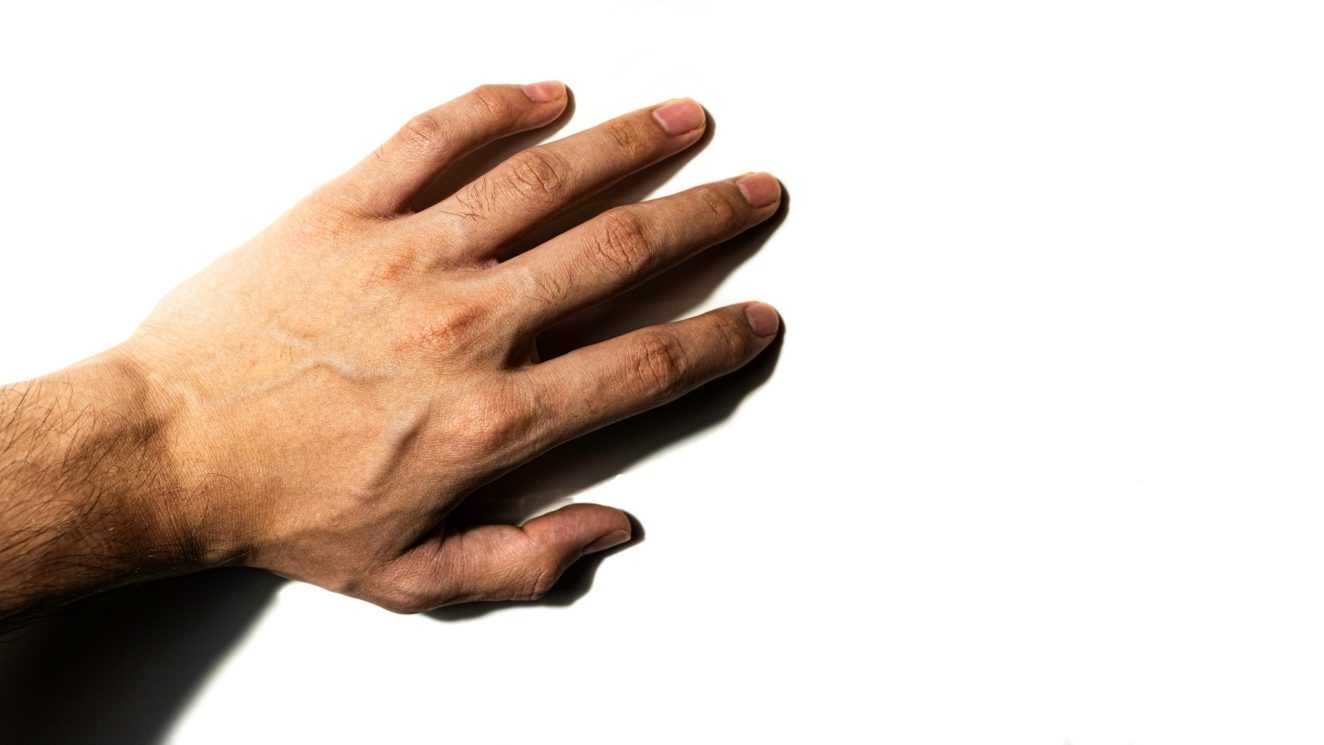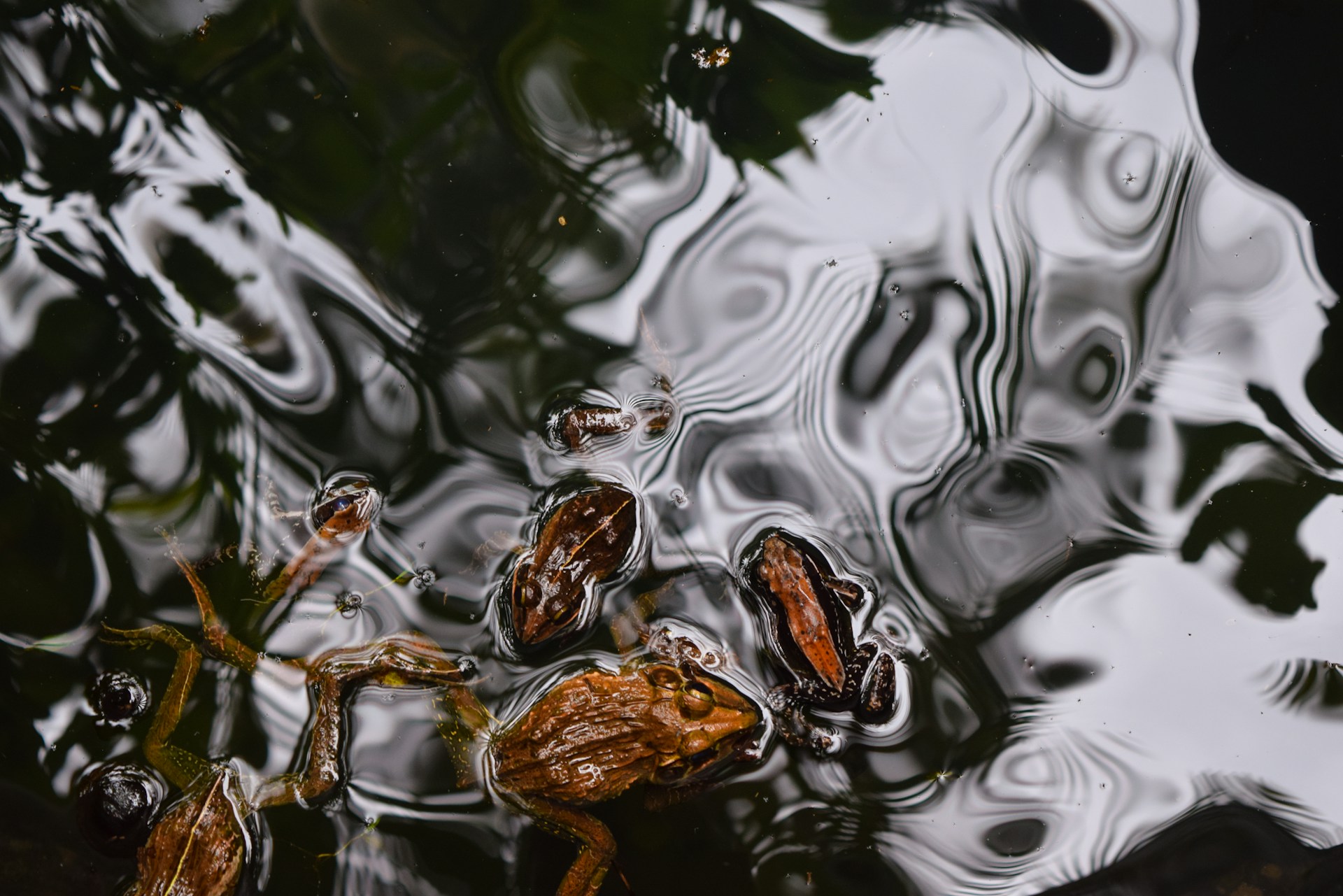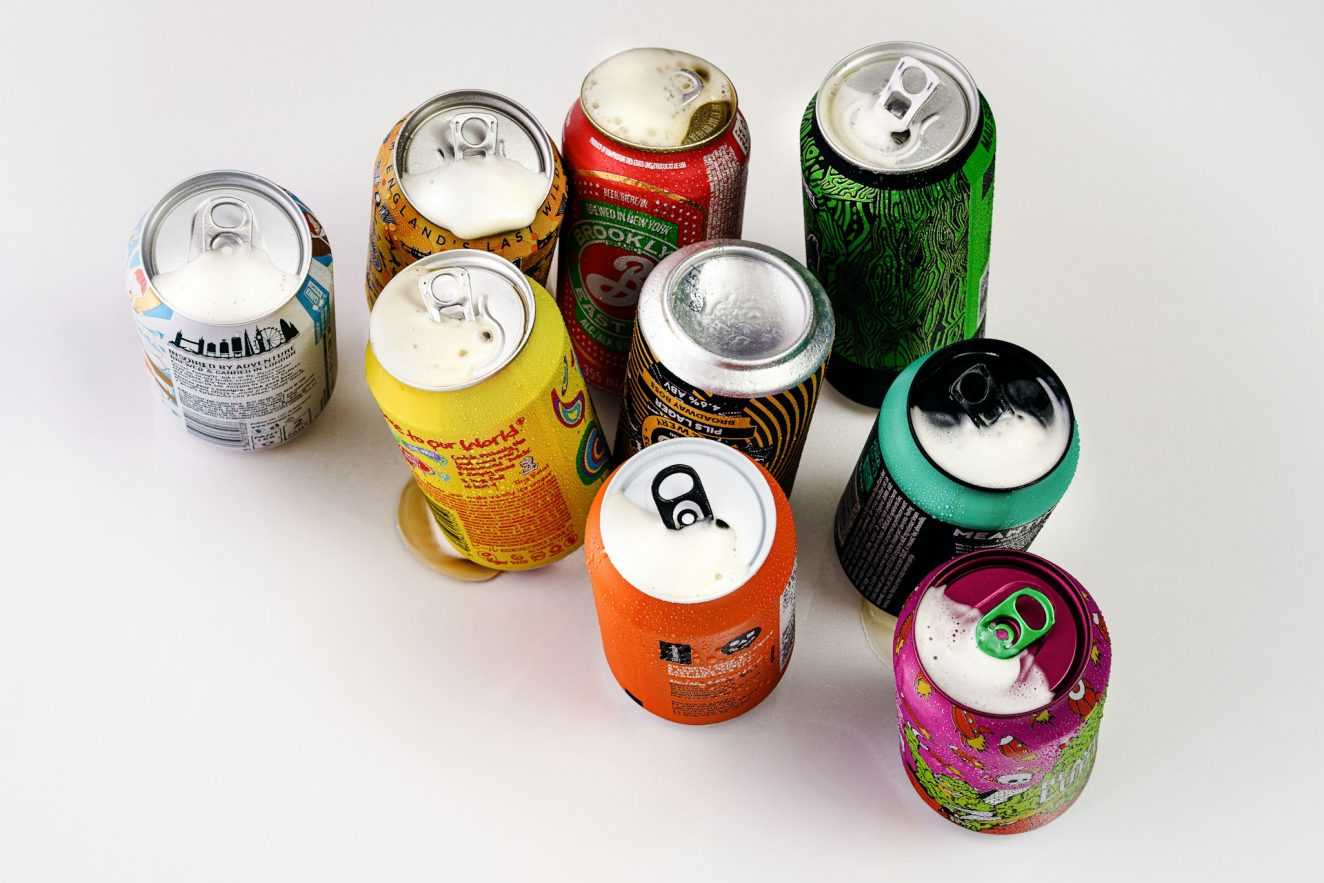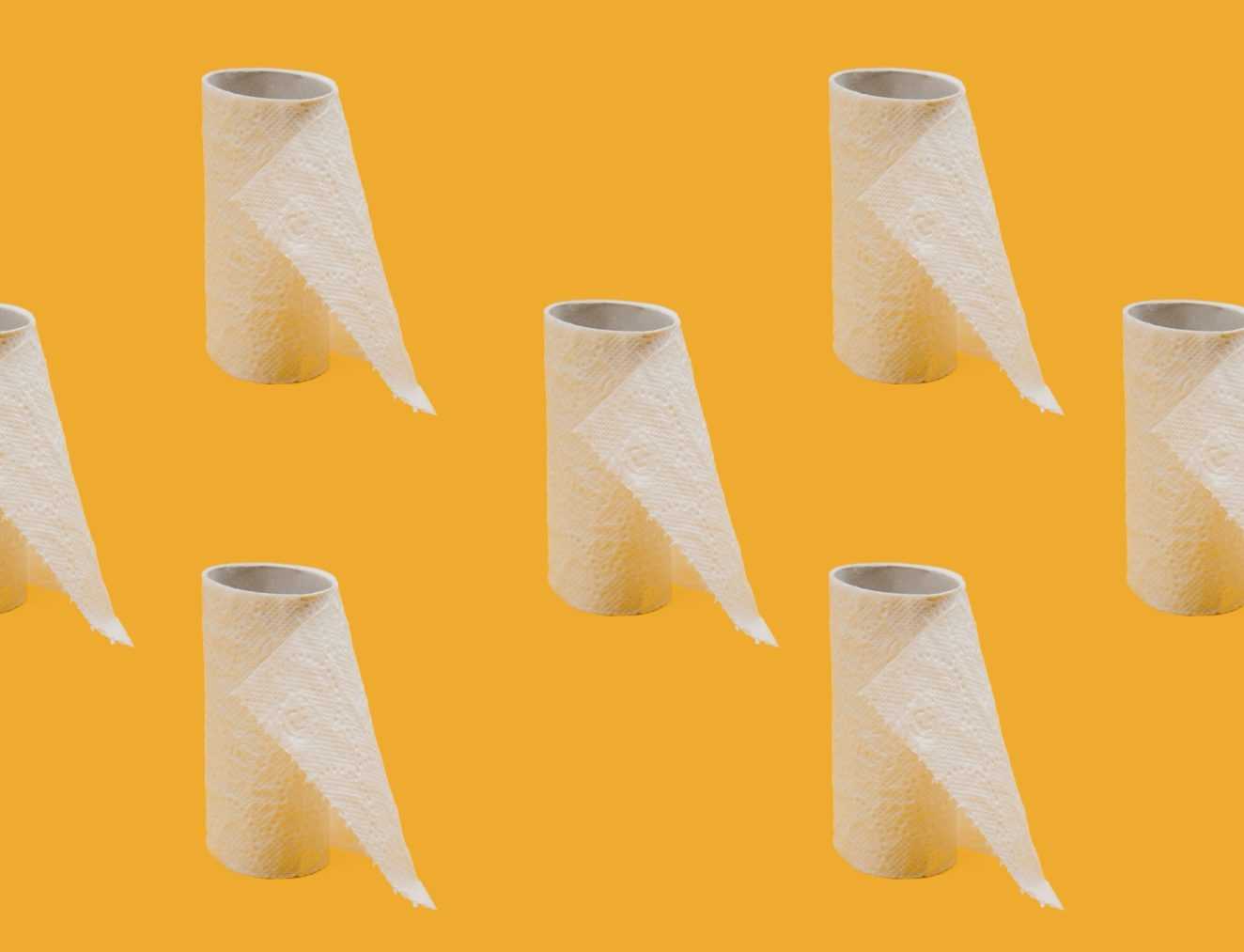Have you ever looked down at your arms or legs and wondered why your veins have a bluish or greenish tint, even though your blood is as red as a ripe cherry? If so, you’re definitely not alone! There’s a common belief that oxygen-rich blood is a bright red and oxygen-poor blood is blue, but the reality is a bit more complex. Grab your lab coat and let’s dive into the curiosity-inducing world of vein color and blood anatomy!

The Color of Blood
To understand why our veins look blue, we first need to explore the role of hemoglobin in our bloodstream. Hemoglobin is an iron-rich protein in red blood cells that efficiently transports oxygen throughout our bodies. Each hemoglobin molecule has four iron atoms, which are key to giving our blood its characteristic color.
According to LiveScience, when hemoglobin picks up oxygen from the lungs, the blood appears a vibrant ruby red as it rushes to the arteries and tissues. But when the blood returns to the lungs after delivering oxygen, it loses some of its brightness and takes on a darker shade of red. So, if our blood is dark red on the way back, why do our veins still appear blue?
How Light Affects Vein Color
The answer lies in how light interacts with our skin! It’s not about the color of the blood itself but rather how light wavelengths behave when they hit our skin. Red light, which has a longer wavelength, can penetrate deeper into the skin and be absorbed. In contrast, blue light has a shorter wavelength and is mostly reflected back. This creates an optical illusion, making our veins appear blue to the naked eye.
Want to see it for yourself? Try this fun experiment: shine a white light (which contains all colors) onto your arm and watch how your veins look. You’ll notice that while red light gets absorbed, blue light bounces back to your eyes, making your veins look that beautiful shade of blue.
This interesting phenomenon can also help paramedics locate veins for injections. By shining red or infrared light on the skin, they can see the underlying veins more clearly. Nightclubs even use blue lights in restrooms to make it tricky for those seeking to inject substances, as the blue hue makes veins less visible.
Vein Depth Matters!
One important caveat: the appearance of your veins can change based on their depth and thickness. Superficial veins close to the skin, like capillaries, may not look blue at all. So, the color of your veins can vary depending on various factors!
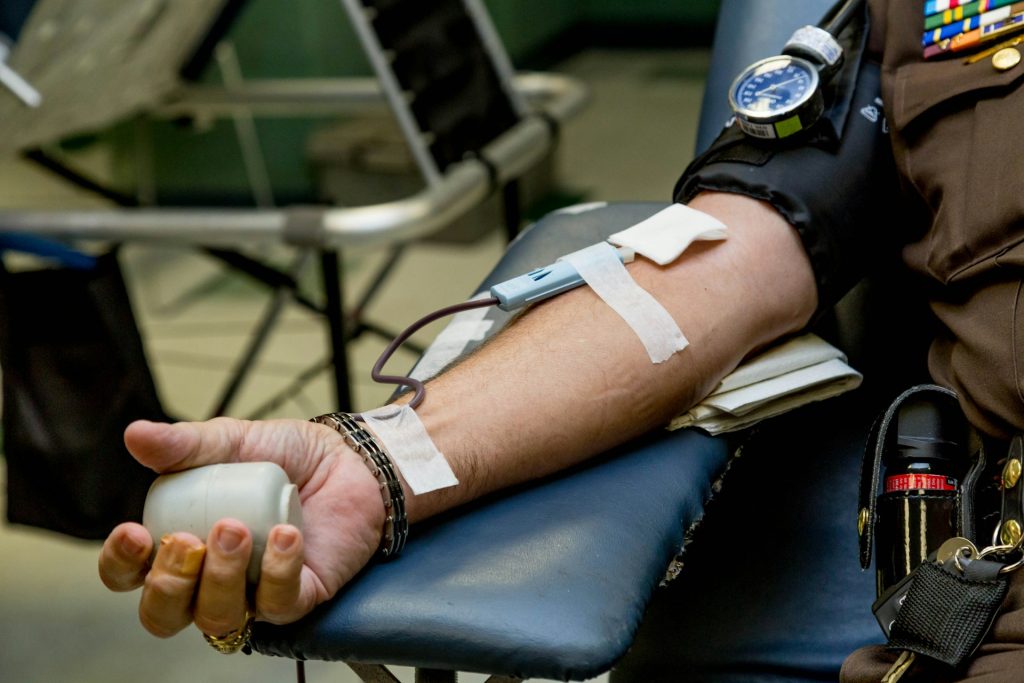
Skin Tone
Ever noticed how vein color can look different on different skin tones? That’s because the color of your skin can significantly influence how your veins appear!
For those with lighter skin, veins may appear more prominently blue or greenish due to how light penetrates the skin. On the other hand, darker skin tones might make veins look subtler, often blending with the skin’s natural pigmentation or even taking on hints of purple or brown. Remember, this perception of color has nothing to do with the blood in the veins; it’s all about how light interacts with the skin!
Keeping Your Veins Happy and Healthy
Now that we’ve tackled the color of veins, let’s talk about something super important: vein health! Just because your veins may appear blue or green doesn’t mean there’s anything wrong with them. However, certain symptoms can indicate poor vein health, such as:
- Leg pain or heaviness
- Itching around a leg vein
- Skin color changes near a vein
- Pain that worsens after prolonged sitting or standing
These symptoms may signal chronic venous insufficiency, a condition where valves in the leg veins weaken and fail to function properly, causing blood to pool in the legs.
Know the Signs of Chronic Venous Insufficiency
While chronic venous insufficiency can lead to discomfort and conditions like spider veins and varicose veins, it’s generally not life-threatening. It’s essential to be aware of your body and recognize when something feels off!
- Spider veins are small, web-like veins that often appear on the legs or face.
- Varicose veins are larger, bulging veins that can be painful and may lead to swelling or a feeling of heaviness in the legs.
If you notice any of these symptoms, don’t hesitate to consult a healthcare professional. It’s better to be safe than sorry!
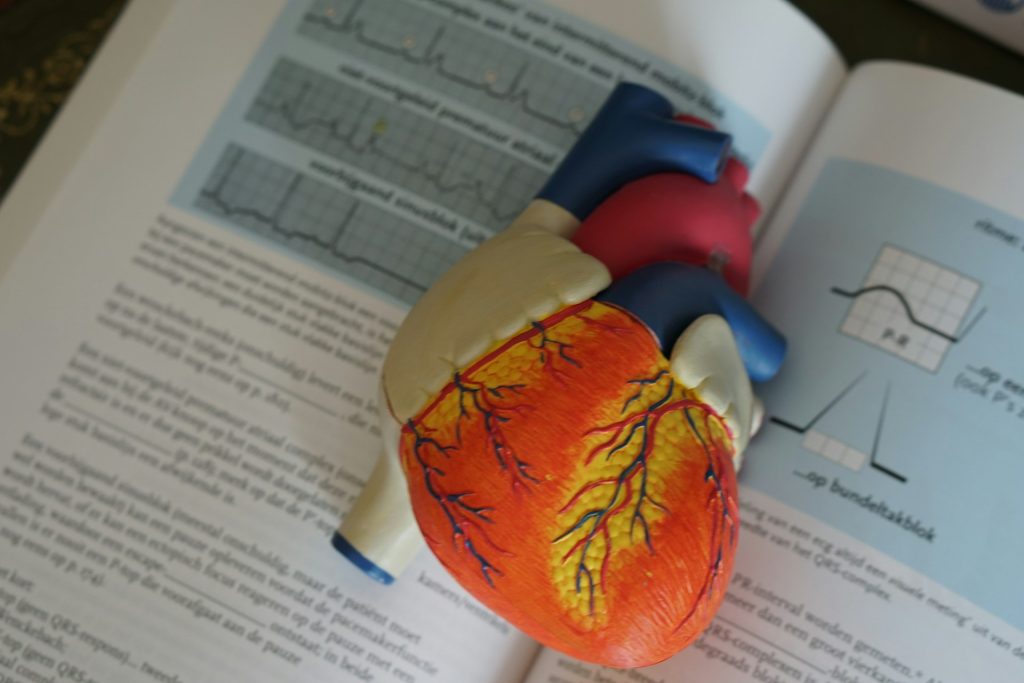
Armed with this knowledge, you can appreciate your body’s complexity and the role your circulatory system plays in keeping you healthy. So go ahead, flaunt those blue veins, and share this newfound wisdom with your friends. Who knew anatomy could be so colorful and fascinating?

